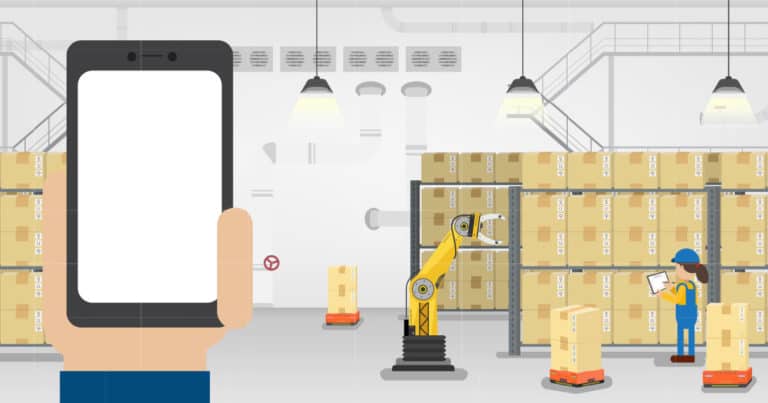
There have been many observations, criticisms and outright misnomers laid at the feet of the supply chain over the past 90 days because of the unprecedented demand put upon suppliers during the pandemic. While no one saw this coming, from our perspective, the bulk of the supply chain participants worked incredibly well, filling up shortfalls in an expediated time frame. As AccuSpeechMobile has many customers in the supply chain, we have witnessed firsthand the effort, hard work and creativity they used to provide the best of services in the most difficult of times.
The most popular and interesting conversations derived from this experience from an operational perspective have focused around scalability of inventory delivery, product replenishment and worker training and safety. Many suppliers have discussed during the pandemic how hiring more people and training them up fast was the best solution; others discussed robotics, still others felt an upgrade to faster, more streamlined workflows were critical to meeting future uber high demand.
What intellectualizing these challenges has uncovered is that automating processes does not ALWAYS mean robotics. So many companies of all sizes were pressed into a gear never before seen. Many companies had optimized their workflows through automation – bar code scanning, continuous agile changes to the edge applications, and our customers exploited all these benefits; plus, they were using voice to automate the workflows, train their newer workers and make changes on the fly, all the while still delivering at the top of their game.
Some producers in the chain found out some interesting things regarding robotics in the maelstrom that became the Covid-19 response – when it comes to additional needs for throughput, in a lot of cases, robots just don’t scale. Without buying additional robotic hardware, (which is very expensive and can take many months to install and implement) the process flows at a steady, designated pace. A severe spike in demand can be difficult to handle when robots are going at their best pace. It is also a challenge for robots to handle fresh food items at faster speeds. Three critical observations that almost all those companies in the supply chain experienced during this tidal wave of demand were:
WMS systems are an absolute requirement for distribution optimization, data analytics and optimized workflows delivered to the edge at the point of work. Companies that were still picking with paper, pick tickets using older, warehouse systems really paid a price during the pandemic. Mobile applications designated and optimized through continuous improvement metrics paid huge dividends for companies that made the investment in the past five years.
Providing new hires with newer, optimized hardware and software applications that are streamlined workflow efficient provides a faster route to successful integration and pick rates. Speeding up the voice interactivity of these devices (voice can be sped up for seasoned workers or slowed down for training) provides the fastest pathway for higher rates of picking for ALL workers, while training new hires more effectively and faster. It can also be integrated for a wide range of applications like shipping, receiving, cycle count, cross docking and replenishment.
Companies that were looking at an Android migration, combined with automating workflows on the new platform would do well to accelerate those plans and jump in. The organizations that already had these upgrades in place were rewarded with faster, more productive employees. The new Android devices are powerful, providing capabilities and benefits beyond past devices and, most importantly, are outstanding devices for voice automating optimized workflows. Unlike voice directed picking and proprietary systems of past years, device-based voice automation exploits the power of the device by voice enabling the application AND all the device features: for instance, a workflow that requires scanning, function key presses and return key presses can all be optimized through a SINGLE voice command, cutting the time for an already optimized process from 45 seconds to 12 seconds. Multiply that hundreds of times per day, then multiply that one time decrease by the number of employees, you start to see the productivity engine that voice automated workflows have become throughout the warehouse.
By the way, today’s user independent voice recognition engines work as well with a mask on as without one. Plus, using voice commands more than touching a device is safer, more hygienic and provides a platform for employees to provide additional feedback for even higher productivity and fewer errors by understanding how the voice automated workflows can be updated quickly and easily. Operations professionals in the supply chain have always embraced the cutting edge of technology as long as it made financial and common sense. With the current environment and potential future concerns over supply chain delivery, the expectation is companies will accelerate their adoption of cost effective, voice automated workflows on new, powerful Android devices.